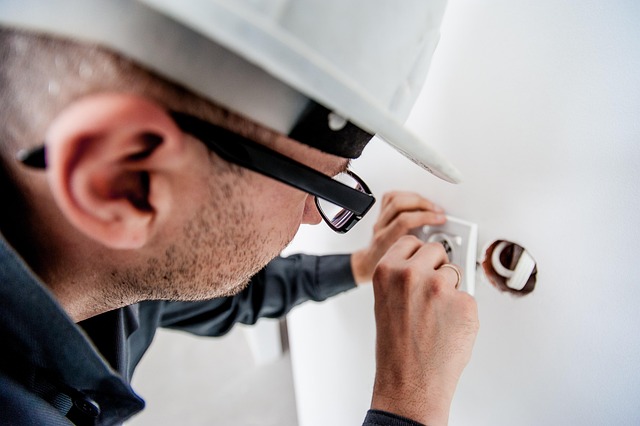Integrating new structural elements into an existing electrical system requires a qualified electrician to assess project needs, plan wire placement, and ensure safe adherence to standards. Pre-construction evaluations confirm electrical capacity, identify risks, and offer solutions. Proper grounding, bonding, insulation, and post-installation maintenance checks safeguard the integrated system.
When expanding your home or business, integrating new structural additions with existing electrical systems requires careful planning. An electrician plays a vital role in ensuring these processes are safe and efficient. This article guides you through understanding specific wiring requirements for structural additions and best practices for seamlessly integrating new electrical systems. By following these practices, you’ll ensure a secure and reliable power supply for your enhanced space.
- Understanding Wiring Requirements for Structural Additions
- Best Practices for Integrating New Electrical Systems Safely
Understanding Wiring Requirements for Structural Additions

When adding new structural elements to an existing electrical system, understanding the wiring requirements is paramount. A qualified electrician must assess the project’s unique needs, taking into account factors like the type of construction, local building codes, and the load demands of the new structures. This involves meticulously planning the placement of wires, outlets, and switches to ensure both safety and functionality.
The wiring process itself requires precise adherence to electrical standards. Electricians use specialized tools and materials to install new circuits, ensuring they’re properly grounded and insulated. They also coordinate with other construction teams to avoid disruptions and ensure the seamless integration of the new wiring into the existing electrical system.
Best Practices for Integrating New Electrical Systems Safely

When integrating new electrical systems into existing structures, safety should always be the top priority. Start by assessing the current electrical capacity and load to ensure it can accommodate the additional wiring. This involves checking circuit breakers, fuses, and wire sizing to guarantee they meet the demands of new appliances or systems. A professional electrician can perform these evaluations, identifying any potential hazards and offering solutions before construction begins.
Proper grounding and bonding are essential practices for secure installations. Ensure all metal components are connected to the electrical ground system to prevent electric shock risks. Additionally, use high-quality insulation and connectors to protect against short circuits and fire hazards. Regular maintenance checks after installation further safeguard the system, allowing quick identification of any issues that may arise from the integration process.
When adding structural elements to your home’s electrical system, a qualified electrician is essential. Understanding the wiring requirements and best practices ensures safe integration, enhancing the reliability and safety of your existing electrical systems. Trusting an expert to navigate these intricacies is key to avoiding potential hazards and ensuring compliance with local regulations.
